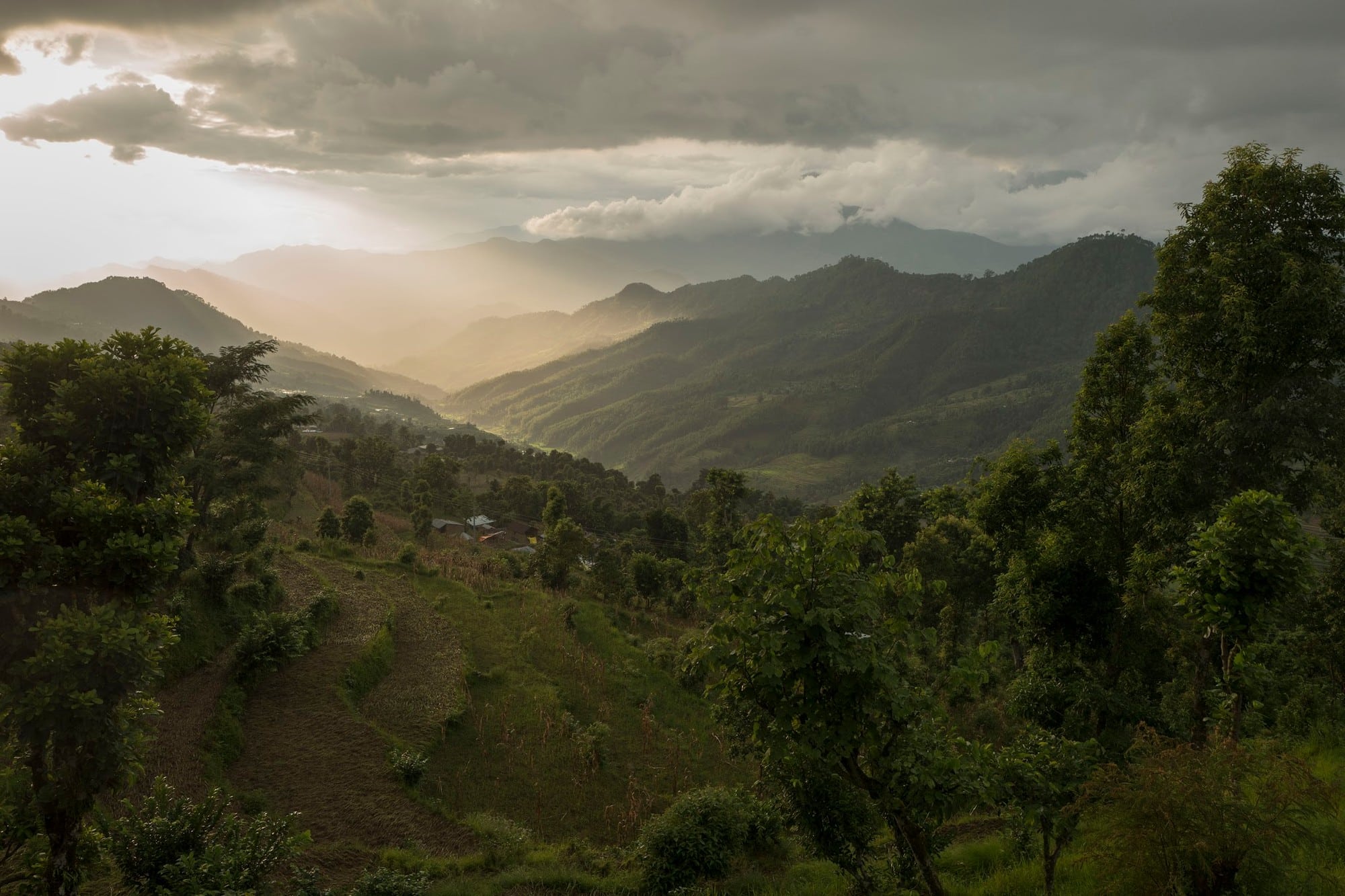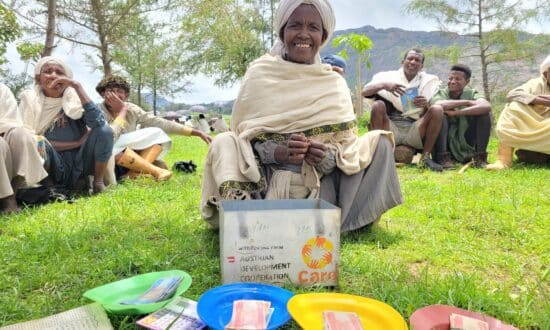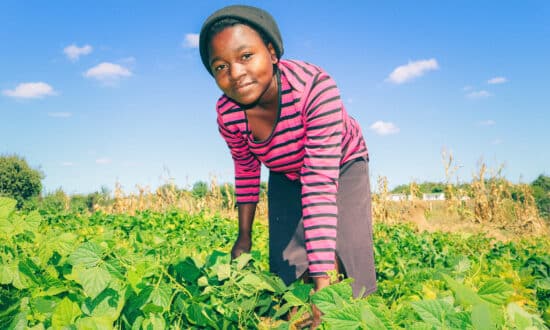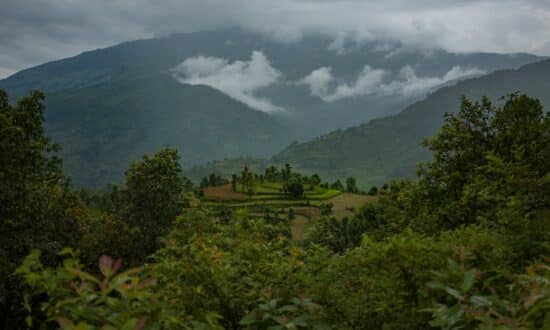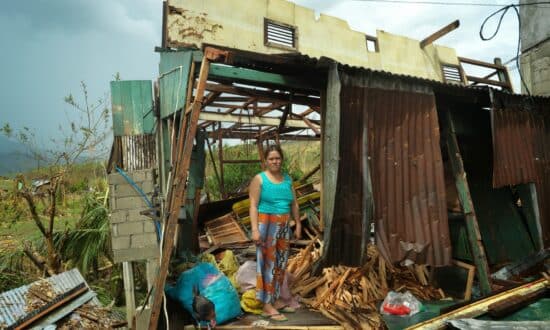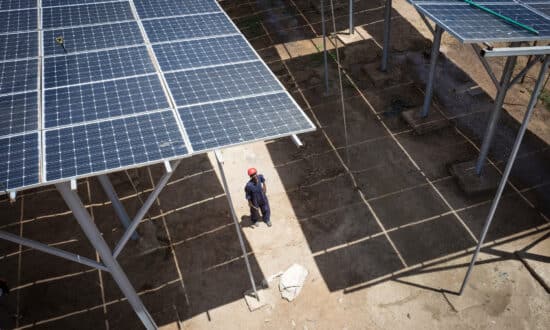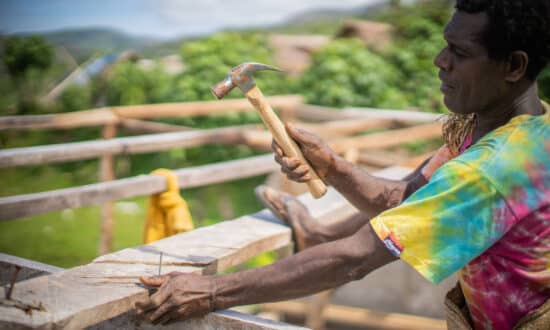Although the 1972 Stockholm Declaration laid out the fundamental principles for sustainable resource governance, the state of play half a century later is sobering. The International Resource Panel (IRP), launched by the United Nations Environment Programme (UNEP), found that the global average of material demand per capita grew from 7.4 tons in 1970 to 12.2 tons in 2017, with significant adverse impacts on the environment, notably increased greenhouse gas emissions.
Sustainability is the practice of using natural resources responsibly today, so they are available for future generations tomorrow.
Natural resources are raw materials found on and below the Earth’s surface. They are naturally occurring materials formed without any human intervention. Examples of these include plants, air, water, and natural gas.
Ecosystem protection refers to intervention in an area that is legally protected to achieve long-term conservation of nature with associated ecosystem services. This can involve marine, land, or coastal site-specific protection, including protected areas, private land, reserves, conservancies, areas protected by Indigenous peoples or other communities (such as sacred sites), or marine areas with ‘conservation zones. Interventions to conserve and protect an area could be a complete ban on using/modifying an ecosystem to limited access to a protected area.
Ecosystem management refers to combining ecological, socioeconomic, and political knowledge to decide, through stakeholder participation, on how an area should be governed. This can also be considered using a landscape approach where diverse types of knowledge are used from a range of stakeholders, identifying climate and ecosystem risks and solutions.
